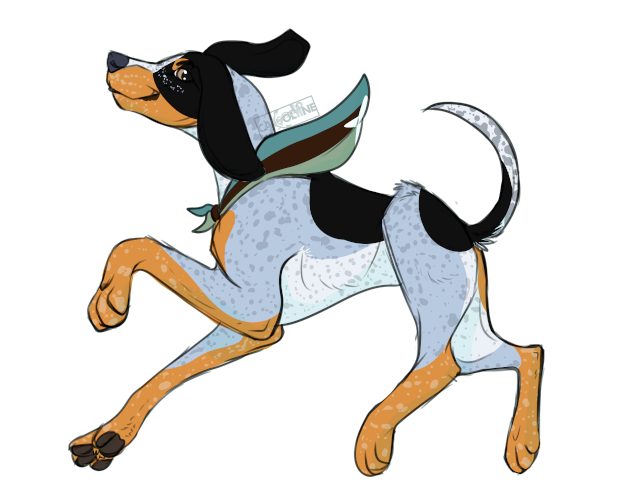Animal Time
- Concept by Lykon -
Animal time is a time standard designed to avoid confusion while communicating with other people. It bases itself on learning 6 animals set at 6 key hours to remember. These hours are identical in the 12 hours format, which simplifies the hours to remember to just 3.
The animals have been chosen as two groups of three species, felines and canines. Cat, Lynx, Tiger, then Dog, Fox and Wolf. To help you remember, they are sorted alphabetically, and (arguably) by size.
The following table summarizes the animals and their associated hours, based on your timezone:
| Animal | Time (24h) | Time (12h) |
|---|
While it helps to communicate hours, there is still the question of the date.
For that, this time standard proposes "early" and "late" prefixes. These prefixes, when present,
mean that the communicated time represents the day before or after the announced day in the universal
timezone.
Not all hours can have those prefixes, in fact, canines can only have the "early" prefix and felines the
"late" prefix.
"early" starts for canines beyond midnight, while "late" starts for felines before midnight.
If you happen to receive a late feline time, and you do know this feline time is also late on your side,
it means the day doesn't need to be calculated. If you don't have this late feline, it means you need to
add one day to the date.
In short, "early" means previous day, and "late" means next day, if you don't have those prefixes in your timezone. Positive timezones (UTC+N, Europe and Asia mostly) have early canines while negative timezones (UTC-N, America mostly) have late felines. The clock on this page conveniently display a dashed line where the felines and canines transition to each other, the prefix existing between it and midnight.
If you feel altruistic, consider doing that calculation yourself when communicating that time. If no prefix are announced, it is assumed the day doesn't need correction.
